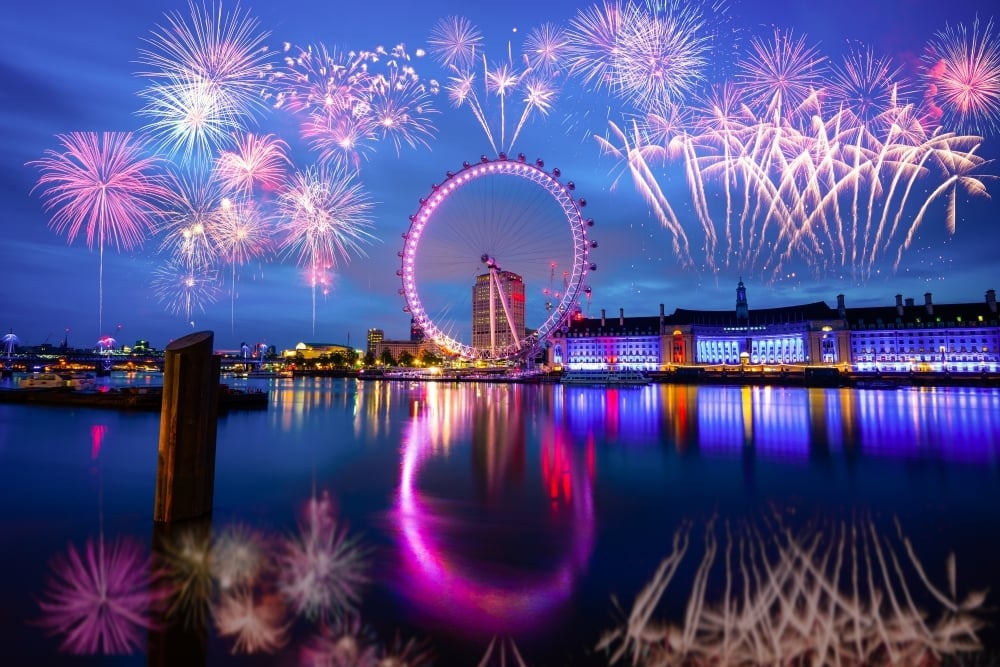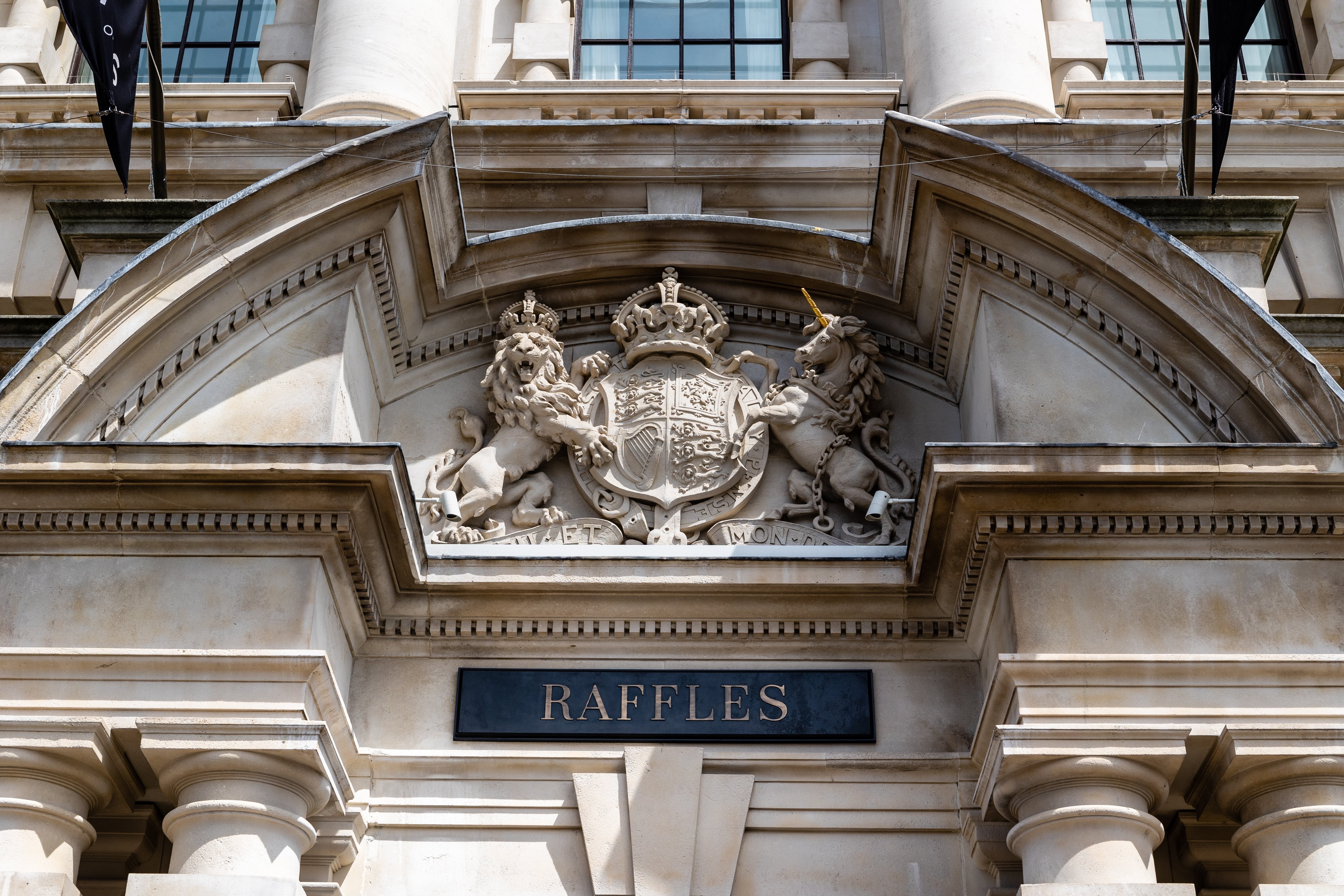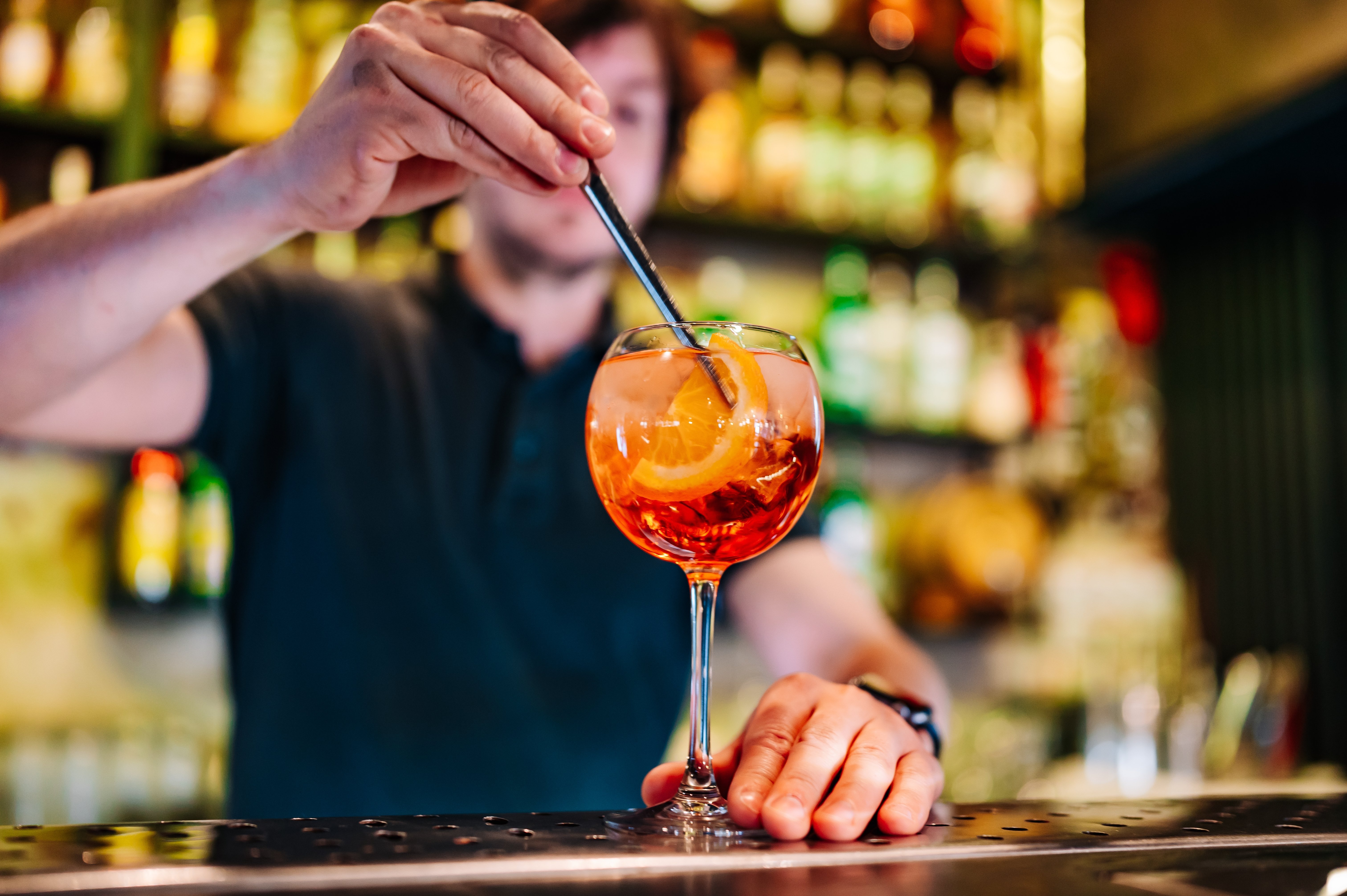Notting Hill Carnival – London’s Most Electric Street Party
Each August Bank Holiday weekend, the quiet Georgian terraces and pastel-painted façades of Notting Hill are transformed through the celebration of the sounds and sights of the Caribbean. Notting Hill Carnival is no mere street festival. As one of Europe’s largest and most important cultural celebrations, drawing in over two million revellers across the weekend, the event fuses infectious music, colourful costumes, raucous dance and delicious food into a sensory explosion that spreads across West London with pulsating energy.
Despite its global status, the Carnival’s roots are grounded in resilience and the artistic expressions of London’s Caribbean community. What began as a modest indoor gathering in response to the race riots of 1958 has evolved into a sprawling, city-stopping event that is impossible to ignore. Times may have changed, but the festival continues to bring the right amount of disruption to daily life in the capital through a convergence of sound systems, samba bands, steelpan drummers that shut down streets, close businesses and redefine the West London aesthetic.

From Adversity Comes Hope
As mentioned, Notting Hill Carnival’s roots are cemented in the challenging social politics of the 1950s. Following mass immigration and new arrivals struggling to integrate themselves into Post-War Britain, discrimination and violence rose throughout the country. Trinidad-born journalist and activist Claudia Jones organised an indoor “Caribbean Carnival” at St Pancras Town Hall in 1959 to uplift a community struggling in the aftermath of a wave of racially motivated violence in Notting Hill, and to preserve the cultural traditions of her homeland. These early events were largely held indoors, confined to community halls as an act of symbolic defiance and a proud display of heritage against the constraints of an unwelcoming Britain.
It wasn’t until the mid-1960s that the spirit of Jones’ vision spilled onto the streets, arguably gaining the most traction when Rhaune Laslett, a community activist of Native American and Russian heritage, organised a children’s street fair in Notting Hill in 1966 to celebrate local multiculturalism. Masquerade bands from the Caribbean joined spontaneously, with the sound of steel pans echoing through the side roads of the traditionally quiet and affluent area. Carnival costumes began to appear as the event laid the foundations for what would become the Notting Hill Carnival we know today.
A Riot of Sounds and Colours
Over the years, the carnival became increasingly influenced by the traditions of Trinidad and Tobago, particularly the mas (short for masquerade) bands. At the heart of Carnival is the unmistakable sound of deep, body-shaking bass, dub echoes and rhythmic riddims pouring out from hand-built speaker stacks. These mobile sound systems, inspired by Jamaican dancehall culture, serve as open-air clubs curated by selectors and MCs, each with its own crowd, sonic aesthetic, and loyal following.
Following the procession is like tuning an analogue radio. On one frequency, old-school roots reggae bursts out, and on the next, spectators are engulfed in garage anthems or contemporary dancehall tracks. The tradition of static sound systems began in the 1970s, as Afro-Caribbean youth who couldn’t afford or access club spaces took to the streets for revelry. Today, over 30 licensed sound systems line the roads of W10 and W11 during the carnival, bringing their unique sounds to the procession.
It’s hard to identify the most visually striking element of the parade. A rolling procession of mas bands, dancers and floats make their way through Ladbroke Grove and Westbourne Park, each having prepared for months, designing elaborate costumes adorned with feathers, sequins, and radiant colour palettes. The level of effort and preparation that goes into every outfit, decoration or float design is born from a deep-rooted sense of tradition that brims with creativity.
Unlike many European festivals where the procession is something to be observed from the sidelines, Carnival is designed to be participatory. Mas bands sell costume packages to bystanders, allowing them to don the feathers, dance in the street and become part of the performance. The parade is divided across two days, with Sunday, traditionally "Family Day", featuring the children’s parade, with smaller costumes and less crowded streets. But Monday is a full-throttle celebration on a scale comparable to that of Mardi Gras in New Orleans, led by veteran bands who have been involved since the 1970s. It’s an overwhelming experience that rattles the senses.
Soul Food and Carnival Cuisine
Speaking of all the senses, food is as integral to the Carnival experience as music, and just as commonplace. The scent of Caribbean staples such as charred jerk chicken, curried goat and fried plantain permeates the air long after every crossing and intersection along the parade route. Makeshift grills, oil-drum barbecues and pop-up jerk shacks line the pavements, dishing out variations of West Indian cuisine to queues of eager (and often ravenous) partygoers.
Many vendors represent long-established community kitchens or Caribbean family-run operations, offering traditional dishes whose recipes have been in the family for generations. Dishes like rice and peas, ackee and saltfish, patties and pepper shrimp, follow newer interpretations that fuse Caribbean classics with delicious street food staples. It’s not hard to find vendors selling jerk burgers, rum-glazed ribs and even poke-style bowls along the parade route. Classic rum cocktails, coconuts and Jamaica’s premier beer export, Red Stripe, are all frequently found in the hands of carnival goers experiencing all the delights of the Caribbean cuisine on offer.
An Iconic London Tradition
For those attending for the first time, Carnival can be disorienting. It’s a loud, packed, sprawling, and unpredictable affair, which is not without its problems, as due to the increase in popularity and wild celebrations, it can attract pickpockets and vandals. For those looking to attend, it is important to carefully plan out where you will be staying and which parts of the route you decide to follow the proceedings. Large crowd events often come with these types of risks, but the carnival maintains a heavy police and security presence to help minimise any potential risks and hazards to attendees.
As for where to stay, the residents of Notting Hill and Ladbroke Grove experience the event differently from enclosures away from the main parade route. It’s possible to stay at homes right around the corner from the action, as well as attend evening soirees and after-parties hosted by the locals who’ve been enjoying carnival for decades. Regardless of where the carnival procession will take you, Notting Hill is a rare beast in London, offering an unfiltered, uncompromising cultural experience that refuses to turn down the volume on a passionate celebration of the merging of two very different worlds.



